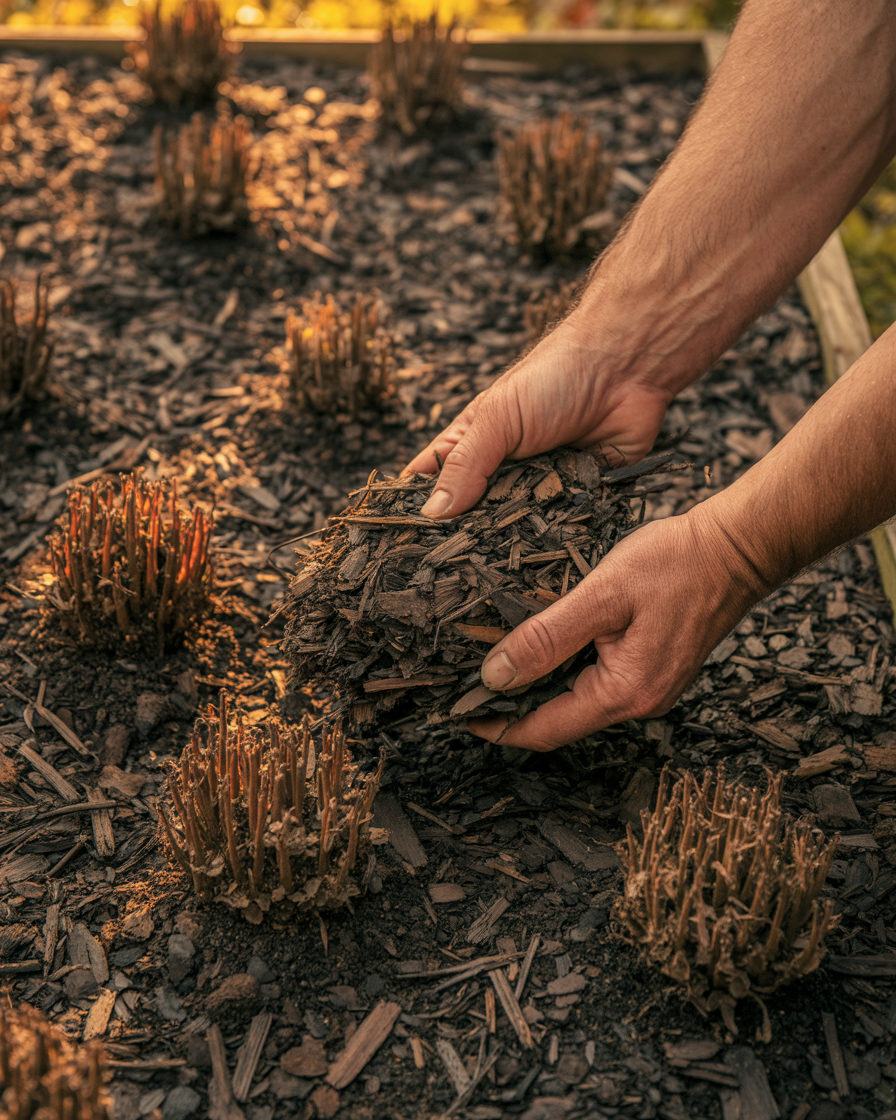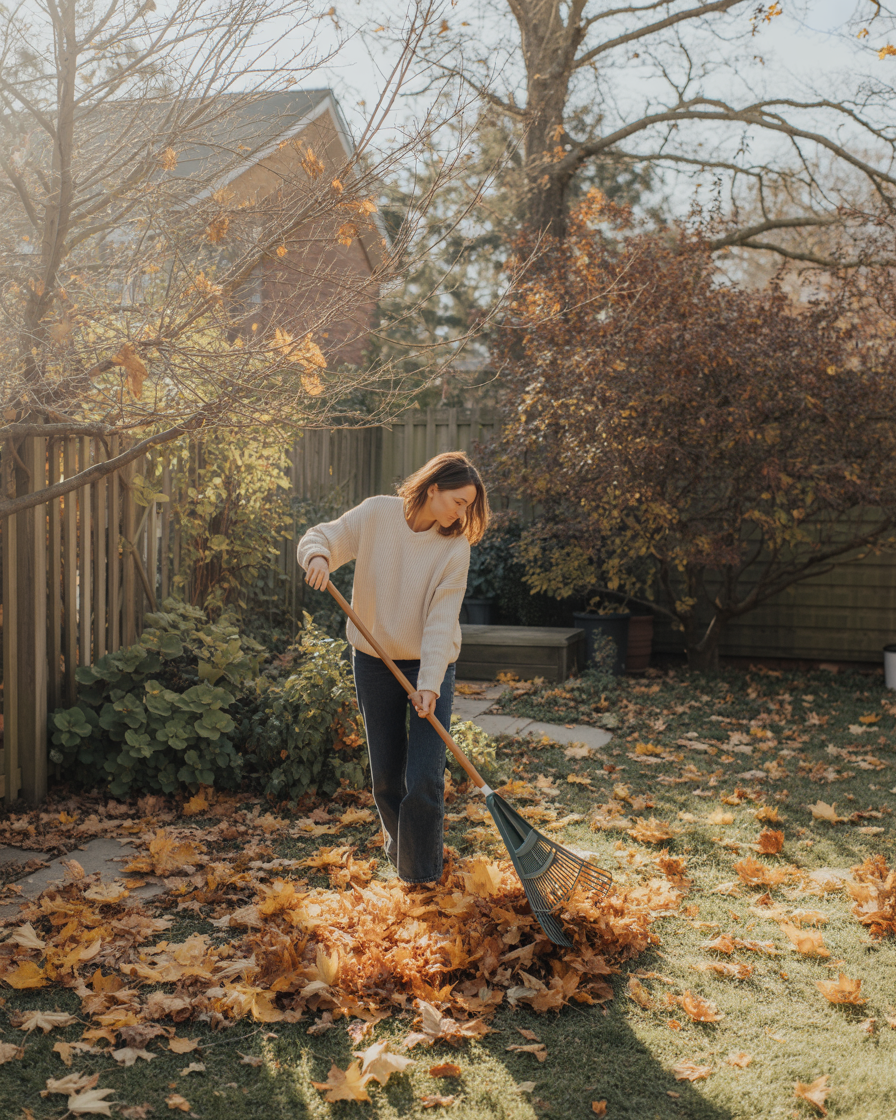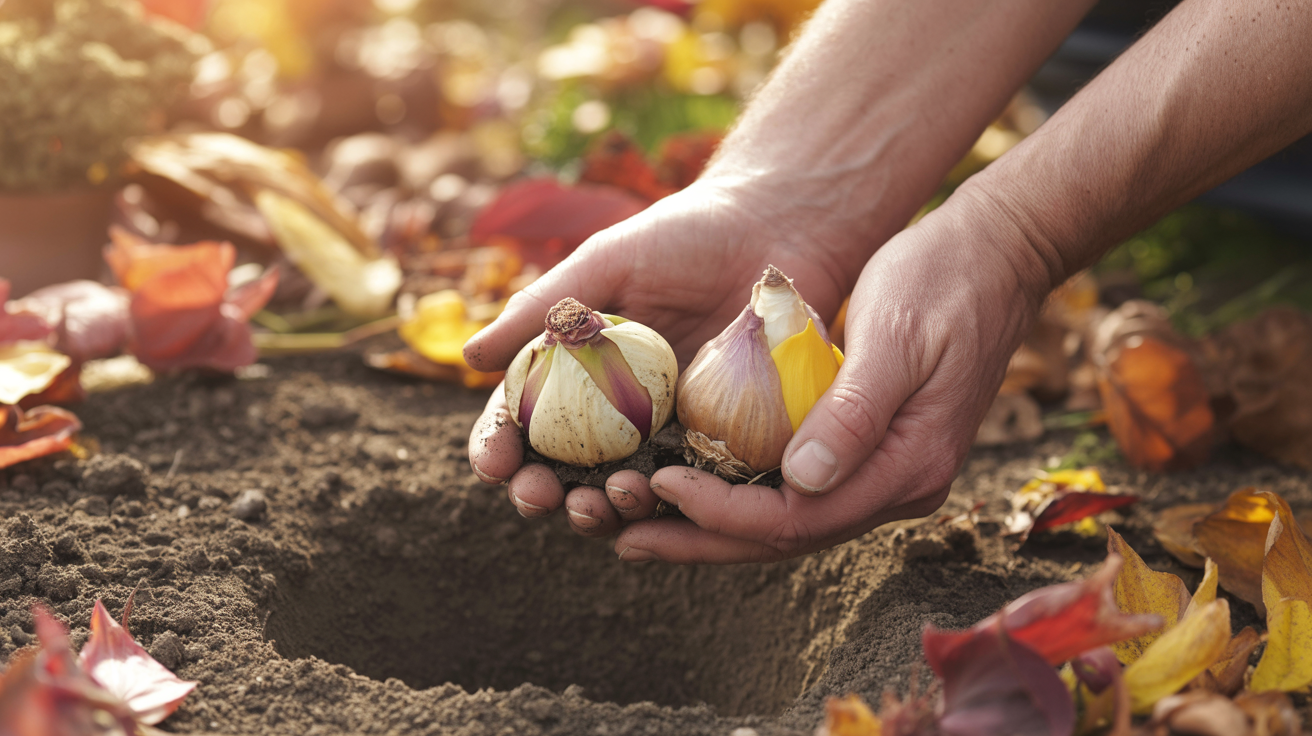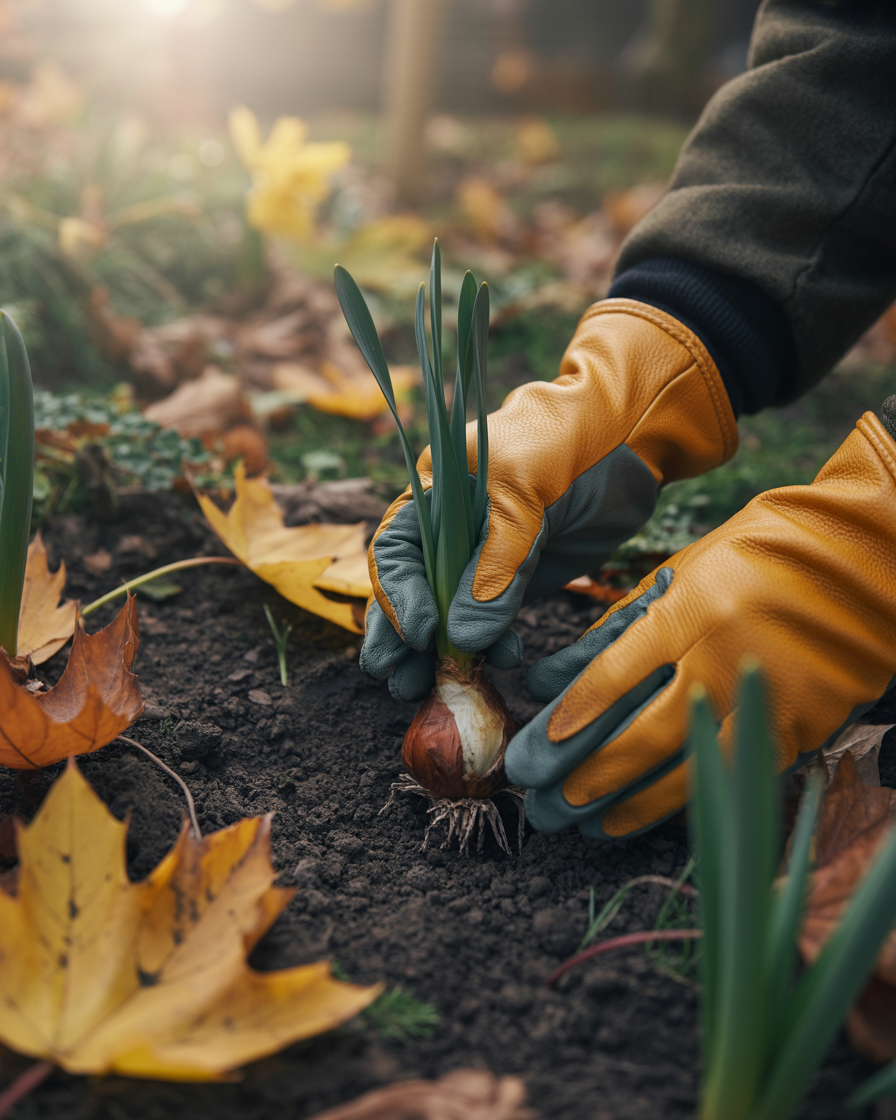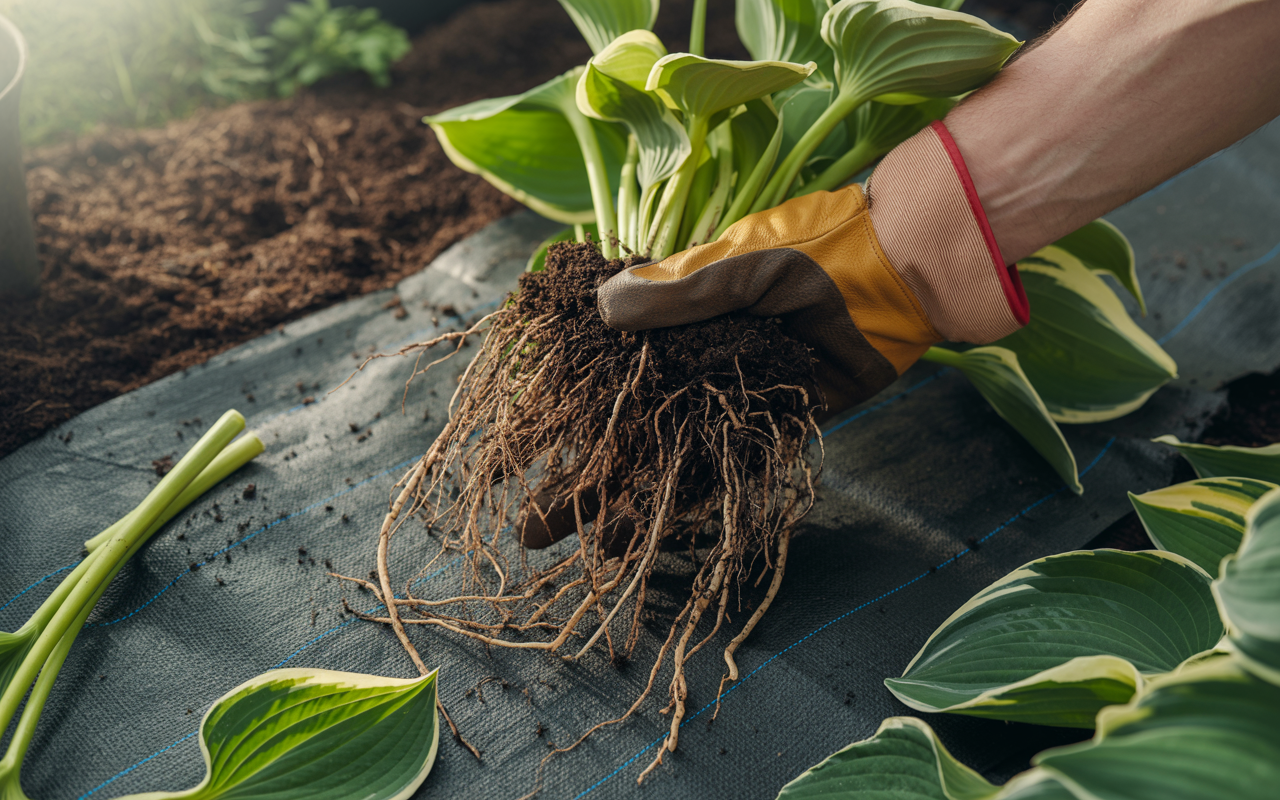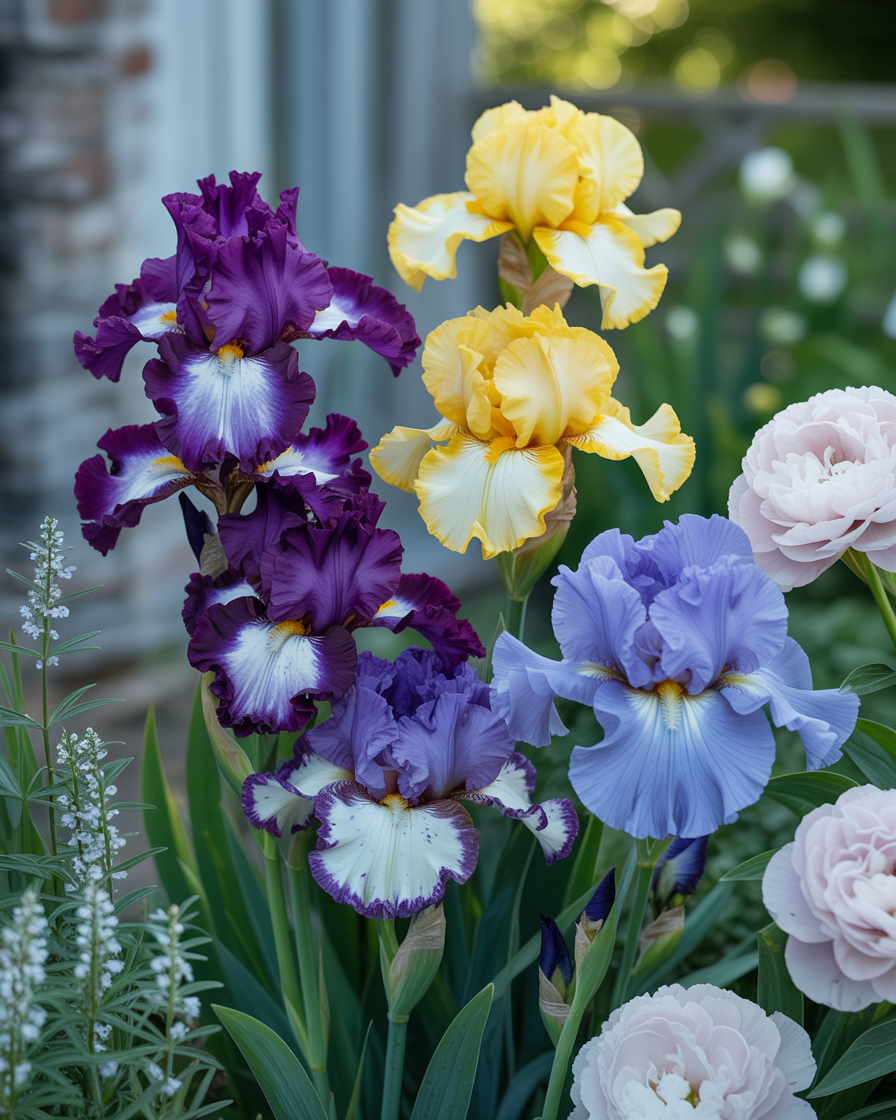Growing Clematis
Clematis: All the best tips and tricks
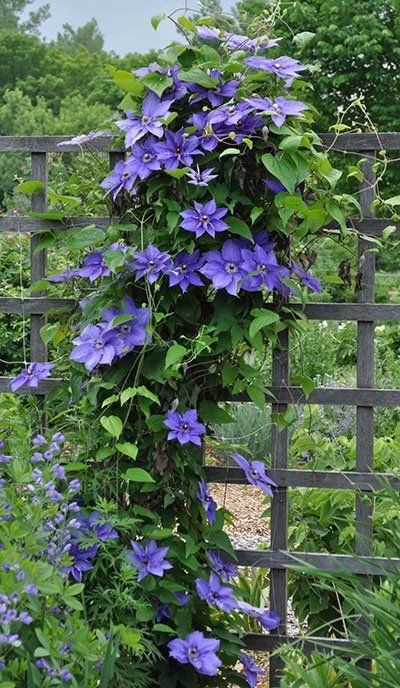
Growing Clematis
For proper care of clematis, clematis vines prefer sunny locations (at least six hours of sun needed for blooming) but the soil should be kept cool. An easy way to accomplish this is by planting some type of ground cover or shallow-rooted perennial plants around the clematis. A 2-inch layer of mulch can also be incorporated to keep the roots cool and moist. Growing clematis vines must be supported in some fashion as well. The type of support system is usually dependent on the variety grown. For instance, poles are acceptable choices for smaller growing clematis vines, which can range anywhere from 2 to 5 feet in height. Arbors may be more suitable for growing larger types, which can get 8 to 12 feet. Most varieties, however, do quite well growing along a trellis or fence.
Clematis plants need plenty of space for adequate air flow as well as a rich, well-draining planting area. You should dig the hole large enough to accommodate the plant, with most recommendations suggesting at least a two foot depth of soil amended with compost prior to planting. It may also help to cut the plant back som e before planting to lessen shock as it adapts to its new environment.
Annual pruning may also be required to keep clematis plants looking their best. Pruning clematis helps plants remain both attractive and full of flowers. The type of clematis vine grown dictates when and how it should be pruned. For example, early spring-blooming varieties should be pruned back as soon as possible following their blooming but before July, as they bud on previous season’s growth. Large flowering types that bloom in mid spring should be cut back to the topmost buds in late winter/early spring. Late-blooming varieties should be pruned back about two or three feet in late winter/early spring.
Before you get started, there are a couple tips for pruning clematis that you should know: Dead or damaged stems may be removed at any time when pruning clematis vines. Damaged plant parts will never be productive, so get rid of them as soon as they are noticed. Know when your clematis blooms. You may want to wait until the second year to prune clematis, especially if it is the large flowering variety. Always prune clematis when flowering is finished.
If you prune clematis immediately after bloom time is finished, you won’t have to worry about removing next year’s flowers. Prune clematis for shape at this time, removing up to one third of the plant, if needed. Avoid removing woody stems, if possible. Clematis pruning groups include those that flower on new growth and those that bloom on last year’s woody stem. Once you’re familiar with the bloom time of your clematis, you will be able to prune the vine before buds begin to develop. When deciding how and when to trim clematis, don’t remove a developing bud. If you see buds developing when pruning clematis vines, you may be pruning at the wrong time. Flowers that bloom in spring grow on old wood. Blooms of this clematis developed during last year’s growing season. Plants in this clematis pruning group should be pruned before the end of July to allow blooms for next year. Pruning clematis vines that flower in summer or fall should be done in early spring, as these flowers are produced on the current year’s growth. Large flowering hybrids may produce a second set of blooms. Deadhead spent flowers for another series of blooms, though they will likely be smaller than the first, as these appear on new growth. When deadheading the first blooms, as much as 12 to 18 inches of stem.



